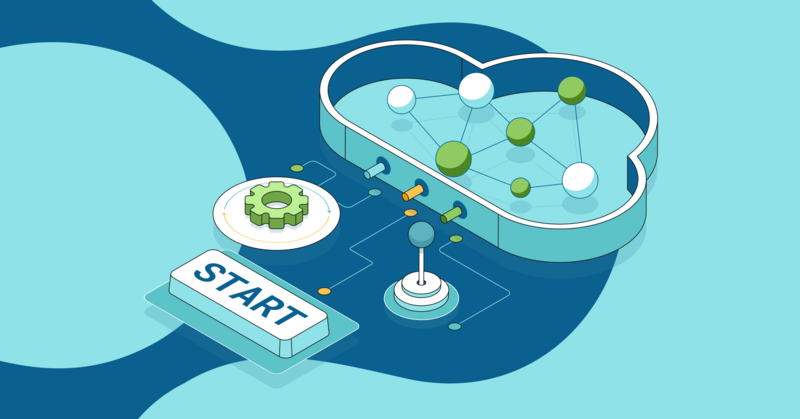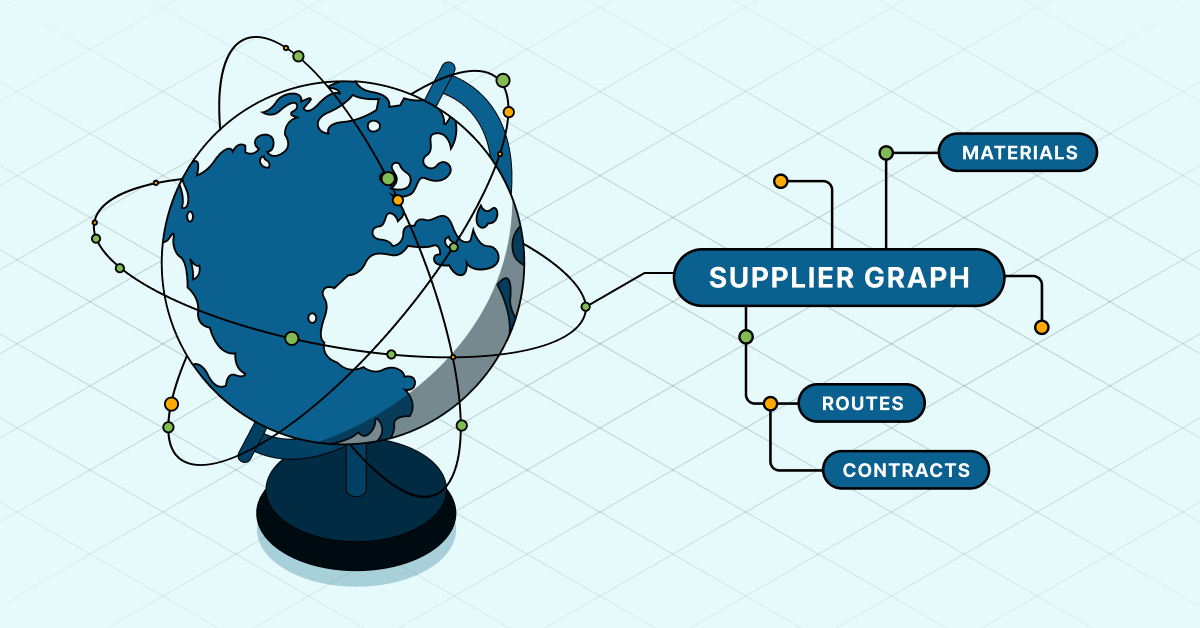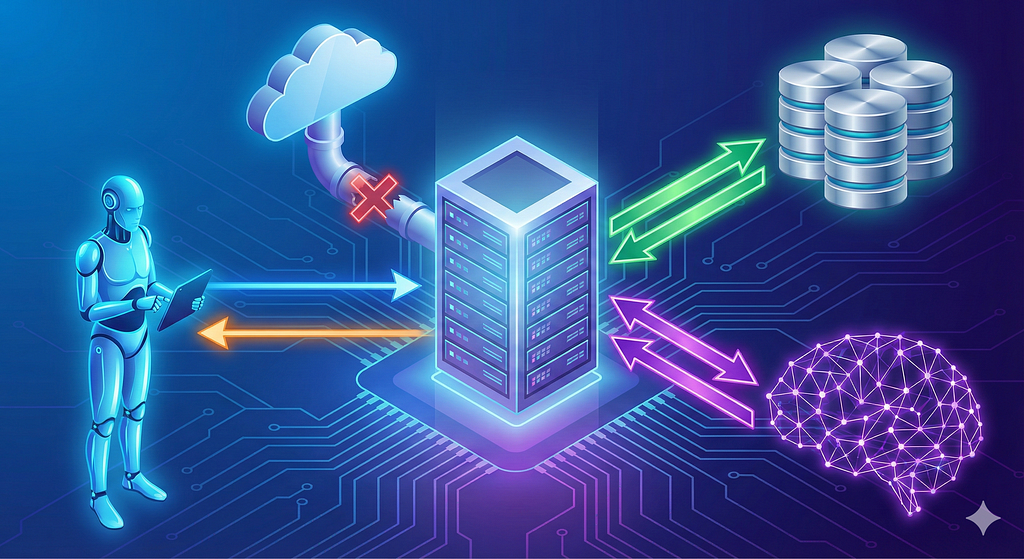Deciphering Product DNA: Next-Level PDM with AI & Knowledge Graphs

Area Director, CEMEA, Neo4j
4 min read

Increasingly complex products undoubtedly require greater management of components, function and data. Classic product data management (PDM) has long reach its limits in this respect. Breaking down product DNA is now driven by artificial intelligence (AI) and knowledge graphs.
In order to truly understand the complexity of current products, it’s worth taking a look at one of the most intricate consumer products – the car.
An average vehicle contains 100 communication buses that transmit information inside the vehicle, as well as 200 control units that regulate around 400 functions like acceleration, collision protection, audio, GPS and seat heating. In addition, there are 2,000 software components and applications that process and exchange around 10,000 signals from all areas of the vehicle.
These numbers don’t begin to cover the actual hardware. In total, a car consists of more than 30,000 mechanical parts, from the screw to the windshield to the light bulb. All of these components must work together in countless configurations to create a product that not only transports its user from point A to B, but also fulfills regulatory and safety requirements.
In order to track all of this information, manufacturers create Excel spreadsheets and bills of material (BOM) for traceability. Moreover, they store structured and unstructured data in enterprise resource planning (ERP), PDM, digital asset management (DAM) and product information management (PIM). They also model this data using a variety of development tools.
However, these varying types of information all ultimately describe a single product. Many manufacturers still have product DNA distributed in data silos, making it only available in partial views.
In this way, it’s impossible to simply and quickly navigate through all the data to recognize how individual components are connected in the overall context. And with increasing connectivity in IoT and IIoT, this complexity is unlikely to decrease.
Knowledge Graphs & Artificial Intelligence
The management of complex, large amounts of data is evidently a challenge. Consequently, the next step toward managing data effectively is through AI and knowledge graphs.
Knowledge graphs create knowledge context from relevant information, thereby helping companies make better decisions and automate this process.
Properties of a Knowledge Graph:
- Heterogeneous data is linked to connect information silos and show dependencies.
- Only information with common, relevant attributes is linked, since data alone does not convey knowledge.
- Knowledge graphs are dynamic: they understand why certain data is relevant to each other and independently make the corresponding assignments using attributes. Therefore, new data does not have to be entered manually into the graph every time.
- Intelligent metadata enable data or knowledge mining and simplify navigation, allowing for deeper searches in the graph for detailed information and answering completely new questions.
AI solutions such as machine learning and natural language processing (NLP) enrich the knowledge graph with new, predicted data relationships. In turn, machine learning engines use the semantic context of the graph to improve predictions.
Mapping the Product DNA
Within PDM, a knowledge graph can design a map containing all the functions of a product and then graphically trace the dependencies.
Instead of listing all of the product’s functions, a central knowledge hub is created to map a product in its entirety. Using analytical methods, clusters and loops in the system design can be identified, the ideal sequence of processes can be defined and project planning can be optimized.
Here’s an example of how the car can be illustrated in the knowledge graph. Most vehicles can be locked and unlocked by a remote control. When this functionality is transferred to a knowledge graph, it result in a model consisting of four nodes connected by edges, or the higher-level “open/close” function that’s central for locking doors, windows and the sunroof.
As simple as the model might seem, it contains a range of useful information for the development team. It’s intuitively understood that changing one function has an immediate effect on the others. Therefore, when redesigning and making adjustments, teams of developers should work closely together to maintain the overall functionality of the model.
There are also other product functions directly linked to the “open/close” function. These functions include the automatic deactivation of headlights and interior lighting as well as the short audio and light signal when the car key is pressed, indicating that the vehicle is actually locked. This light signal in turn is a part of the hazard warning system function. And the list goes on…
Managing & Leveraging Complexity
In fact, the number of dependencies in a vehicle is almost endless, and the complexity is staggering. For manufacturers, central questions naturally arise:
- How do components and functionalities become interdependent?
- How do synergies or weaknesses arise in product design?
- Are the right systems and the most efficient tools used?
- What is the minimum level of complexity required to meet all quality, safety and user-friendliness requirements?
Only when manufacturers understand the DNA of their products can complexity not only be minimized, but also effectively utilized to take products to the next level.
Conclusion
The car – one of the most commonplace yet complex consumer products – illustrates how classic PDM has reached its limits in regards to the management of intricate, large amounts of data.
AI and knowledge graphs are the natural step up in complex data management. Both provide increasingly dynamic, relational and connected representations of data, allowing for improved expediency in deciphering their product’s DNA.
Read the white paper, Artificial Intelligence & Graph Technology: Enhancing AI with Context & Connections









